Epoxy Floor coatings
Epoxy flooring systems
As a durable solution, epoxy floors are a top-pick for businesses looking for safe flooring that is easy to maintain, clean, and customize. Replacing and repairing flooring can be expensive, so sustainable options like epoxy are highly sought after in many industries—including manufacturing, education, food processing, and healthcare.
What is Epoxy Flooring ?
Epoxy flooring—also called resinous flooring or polymer flooring—encompasses a two-part mixture consisting of resin and hardener, placed over concrete. A skilled contractor can even apply epoxy over wood, VCT, tile, and many other common industrial and commercial floors. The chemicals react together, bond to the substrate, and form a hard plastic. It also creates a surface that’s easy to design and clean, especially when paired with Epoxy cove bases.
Because a quick return to service is important to customers, there are epoxies available that cure faster than the typical 24-72 hours.
What is Epoxy Cove Base?
Most rooms have a 90-degree angle where the floors meet the wall, leaving a place for mold, bacteria, and moisture to congregate. An epoxy cove base creates a seamless, smoothly curved slope between floor and wall, and it covers the bottom section of the wall. This eliminates the need to scrub crevices, which is critical in many industries that have high sanitation standards, such as healthcare or food processing.
Types of Epoxy Floors
The nature of your business will determine the type of flooring needed to meet your industry demands and challenges. To choose the option that works best for your space, you must understand the types of epoxy floors.
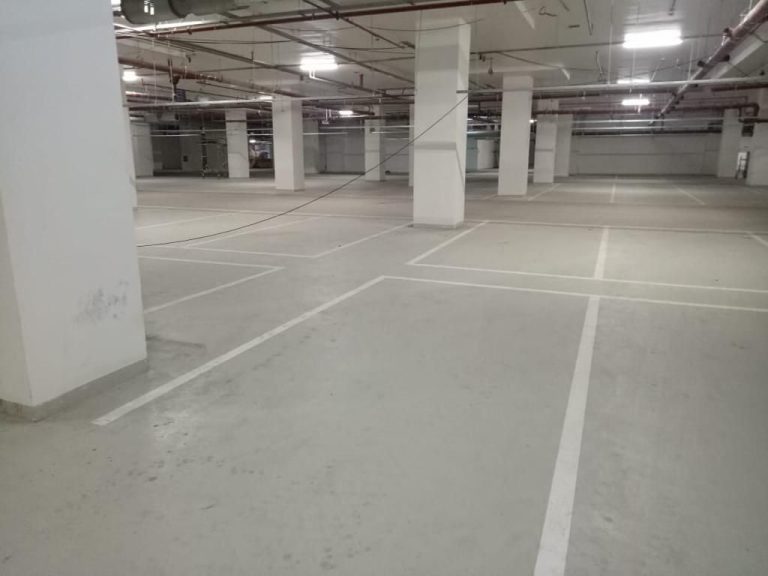
Anti-slip Floor Coatings
Antimicrobial Floor Coatings
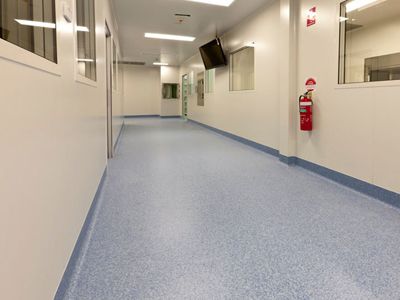
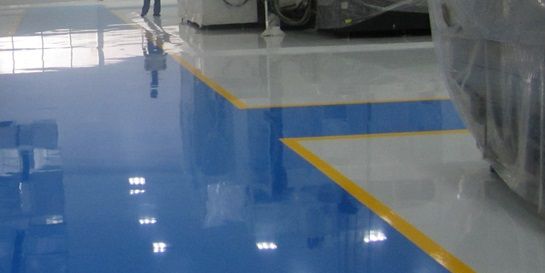
Decorative Floor Coatings
Thermal Shock-Resistant Floor Coatings
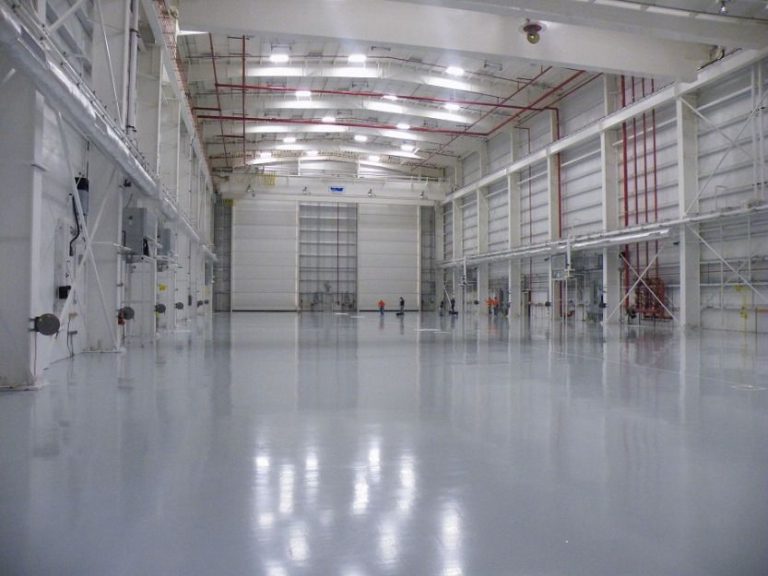
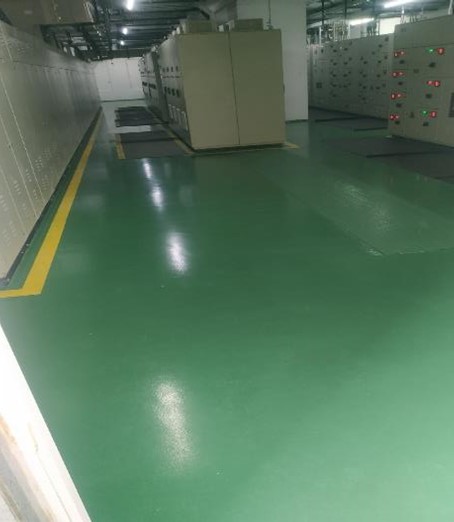
ESD (Electrostatic Dissipating) Floor Coatings
Benefits of Epoxy Floors
There is a range of visual and practical advantages to going with an epoxy floor. For high-traffic locations or surfaces that may be overexposed to weather elements, epoxy flooring provides a durable, safe, adaptable, and easy-to-clean option.
Durable
The resin and hard nature of epoxy adds a protective layer to old or unfinished concrete, making it more resistant to high impact, including stains, climate, weight, trauma, fire, or water. Epoxy floor have a long lifespan and outlast carpet, wood, or tile. Plus, they don’t require frequent repairs.
Cleanable
Epoxy floors contain a sealant that is resistant to moisture, dirt, chemicals, and dust. Because epoxy is very smooth, it’s an easy surface to clean. It can be wiped free of stains or swept without damaging the coating. Plus, antimicrobial coatings can be added to epoxy to make it even easier to sanitize. This feature is extremely important—and a part of regulations—in healthcare, commercial kitchens, and food processing facilities.
Safe
With durable, anti-slip choices, epoxy helps to fortify a safer work environment, with better traction to decrease the chance of falls or injury. The protective finish also is light reflective, improving visibility in garages or warehouses. Additionally, epoxy is essentially non-toxic—once cured, it won’t release fumes in the air or trace amounts of chemicals in water.
Attractive
Epoxy coatings are available in various colors and customizable options. It’s a cost-effective way to transform the look of commercial spaces. For example, decorative flakes and colorful finishes can dress up a restaurant for the ideal ambiance, while simultaneously covering up blemishes and imperfections.
How Epoxy Flooring Works
Step 1: Prep
Diamond grind the floor to open up concrete pores and prepare the floor.
Step 2: Crack Chase
Cut any cracks or joints in the flooring.
Step 3: Patch
Patch any cracks or holes to get a smooth epoxy finish.
Step 4: Prime
Prime the floor with 100% solids epoxy.
Step 5: Finish
Apply a finishing layer of color or clear coating over the epoxy.
Step 6: Optional coating
Broadcast your new epoxy floor with an anti-slip aggregate.
Business Uses for Epoxy Flooring
It once was believed that concrete floors were only for industrial or recreational locations. But options in coating and style make epoxy appealing to businesses from many different industries, including:
- Food processing Facilities: Adhere to sanitation and health requirements with epoxy floorings.
- Walk in freezers: Especially for large frozen goods warehouses and distribution centers where sanitation is critical with epoxy thermal-shock flooring..
- Warehouses: Provide a secure and injury-free workspace in warehouses with anti-slip coatings for epoxy flooring.
- Production floors: Reap the benefits of durable and practical, cost-saving epoxy flooring for plants and production lines.
- Manufacturing facilities: Meet the many needs and regulation requirements with epoxy flooring for chemical plants, electronic production factories, and food processing plants.
- Hospitals and Medical facilities: Gain ESD, anti-slip, and thermal epoxy floor coatings benefits, as well as an added level of sanitation and protection.
- Commercial Kitchens: Easily meet antimicrobial and anti-slip requirements for restaurant kitchens with epoxy flooring.
- Airports: Meet safety and high-traffic durability flooring needs with epoxy floors.
- Schools: Help your elementary schools, colleges, or universities stand up to high traffic and give you a professional appearance.
- Laboratories: Deliver safety and cleanliness, as well as meet regulation requirements, with epoxy floors.
- Retail Stores: Enjoy the durability of epoxy floors for convenience stores or shopping centers.


